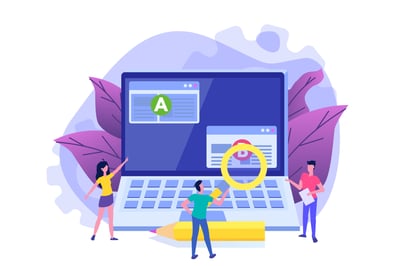May 20, 2020
 by Nick Lioudis / May 20, 2020
by Nick Lioudis / May 20, 2020
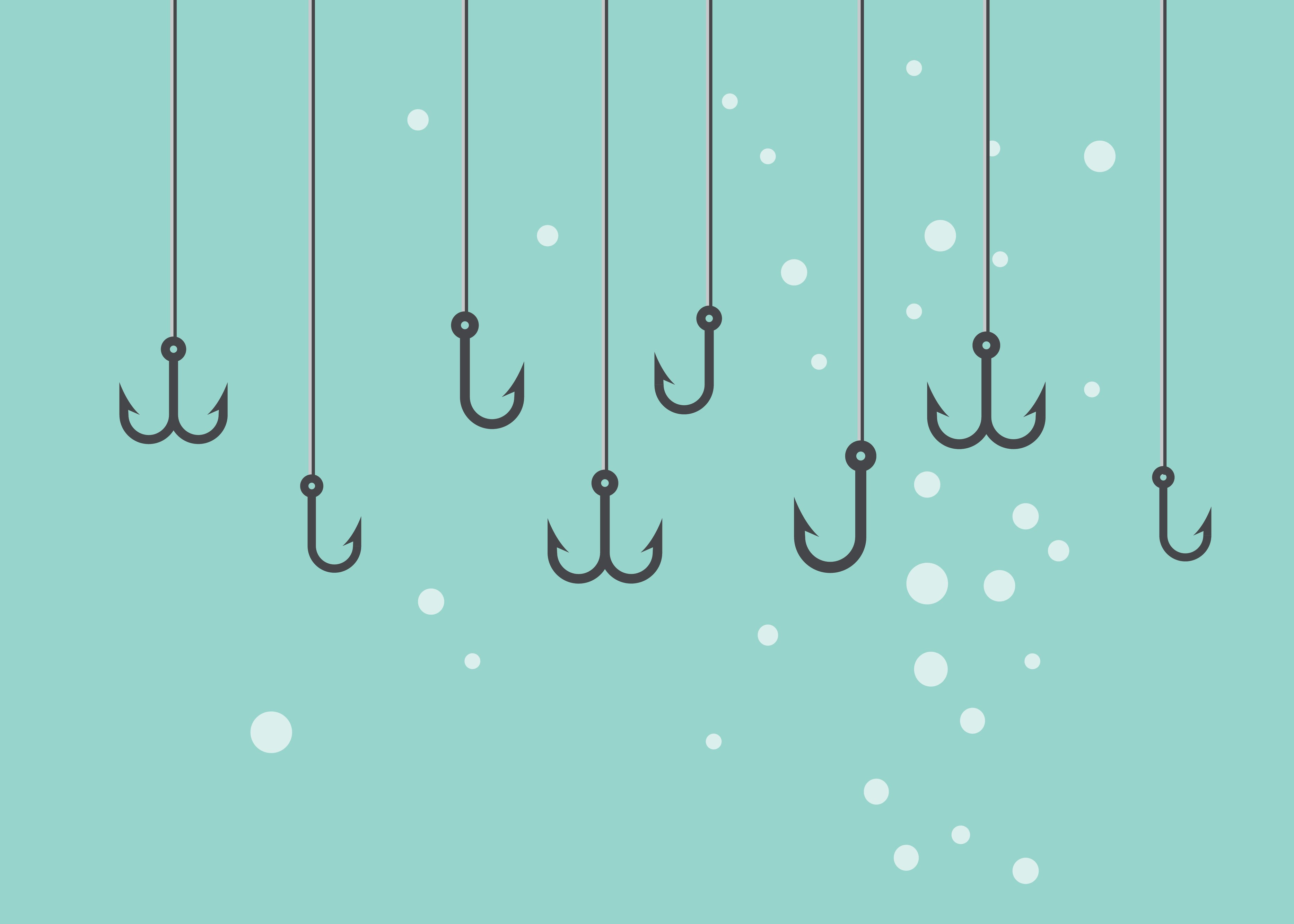
Content creators spend a lot of time perfecting their catchy article titles to make sure readers are able to receive the most useful information that keeps them coming back.
Unfortunately, all of that effort on creating quality content will matter very little if you’re not able to get them past the headline.
There’s a great deal of research on the art of writing headlines out there that can attract more eyes to your articles and be applied to any digital organization. Fortunately, writing a catchy article title is less about luck, and actually comes down to the science of making title decisions that appeal to general reader behaviors.
Below, we’ll take you through an analysis of 250,000 article headlines used in 100,000 tests, showing all of the ways that what may appear as small decisions can drive significant engagement across your content.
Many of the tried-and-true methods of writing headlines are entrenched in older practices widely used in print media. When organizations created digital presences, many of those habits came along for the ride. However, they can actually be hurting your ability to attract new readers to your content.
An engaging headline should result in more quality clicks, which means that readers will stick around for a minimum of 15 seconds following the click-through to your content. That 15 seconds may seem like a short amount of time, but it also indicates a greater willingness to go deeper into your other content, a datapoint called recirculation. Better headlines can improve those quality clicks by 71%.
If that weren’t enough to get you experimenting with alternate titles, content creators looking for ways to reduce bounce rates can do so through writing better headlines. The data shows bounce rates decline by up to 15% through experimenting with article titles.
The good news is that more quality clicks and lower bounce rates are just a few optimizations away. Here are some key takeaways on the anatomy of better titles.
Demonstrative pronouns and determinants produce less effective headlines. Words such as “these” and “this” increase the likelihood that people not only click on a piece, but actually engage with the article.
When headlines were published in print, where space is at a premium, omitting these words made sense. However, digital content creators have more space to retain those words, making headlines sound more human. Better yet, they’re building better connections with their readers.

Adjectives were often disregarded by headline writers to save space, which is hurting your ability to engage readers. Adjectives – particularly superlatives – have shown to be effective within headlines.
On top of that, our analysis found that negative superlatives outperform positive ones. Words such as “the worst” were preferred by readers over ones like “the strongest”. This is actually your brain at work. The negativity bias, which is detected at the earliest stage of the brain’s information processing, is unconsciously preventing you from being drawn to that certain headline.
Believe it or not, longer headlines don’t have any effect on engagement. That said, we see that they can be valuable for SEO. In contrast, short headlines can actually hurt your audience interactions.
To solve for this, give more context at the expense of a slightly longer headline. Why? Data suggests that short headlines fail to give the reader enough information to opt in to the content and fail to provide the context that, for example, a subheading was able to offer in print media.
Leaving questions unanswered is not only frustrating to your movie cliffhangers, but your content and headlines as well. Interrogative words such as “when” and “where” are very useful in getting people to engage, but question marks themselves are ineffective.
If you’re a big fan of the question mark, we understand. In that case, a Q&A format such as, “Should Elon Musk Move His Tesla Factory? Experts Say Yes” tends to be more effective. Why? Readers are able to find solace in the fact that they aren’t clicking into an abyss of content that may or may not immediately answer the question being posed in the headline.
Research has also found that numbers and quotes are beneficial to writing catchy titles, however, name drops have little to no effect. Let’s dig into this a bit deeper on each point.
For numbers, audiences saw value and certainty in specific figures and with it, the implication of more detailed information to come. For instance, readers are less likely to read a story about an athlete when the headline mentions a “multi-million dollar contract”. Instead, tell audiences that the contract is worth $42.5 million.
When it comes to quotes, the best way to engage a reader is through the human element that a great quote offers. In fact, headlines with direct quotes are 14% more likely to win headline tests than average headlines.This also applies to quotes within content, which are seen to encourage deeper engagement.
Lastly, well-known figures within headlines did not increase or decrease reader engagement. That said, we have found that some names tend to draw more readers than others, so experimentation is always encouraged. For example, one tech site found that Elon Musk of Tesla was more effective than Tim Cook of Apple in drawing readers’ attention.
Time matters less in a digital publishing landscape, where an eye-catching headline isn’t as closely tied to the date its published, but rather the promotion you’re willing to put behind the content.
For those who want to use times or days of the week in their article titles, organizations found success in updating headlines for the platform where audiences will find it. And yes, you can specify hours, dates, days, or weeks, but do so at the risk of alienating readers that may have found (or went looking) for your content days or weeks later.
The aforementioned research is most effective when organizations have a culture that encourages headline experimentation – celebrating the wins and evaluating the losses to make room for improvement. Below are a few examples of headlines that are not only catchy, but are more likely to produce quality clicks from new and returning readers.
This article from The New York Times uses an entertaining quote from baseball legend Willie Mays to encourage readers to learn more about his time staying at home. This may even appeal to the non-sports enthusiast, intrigued by how the 89-year-old is currently making moves.
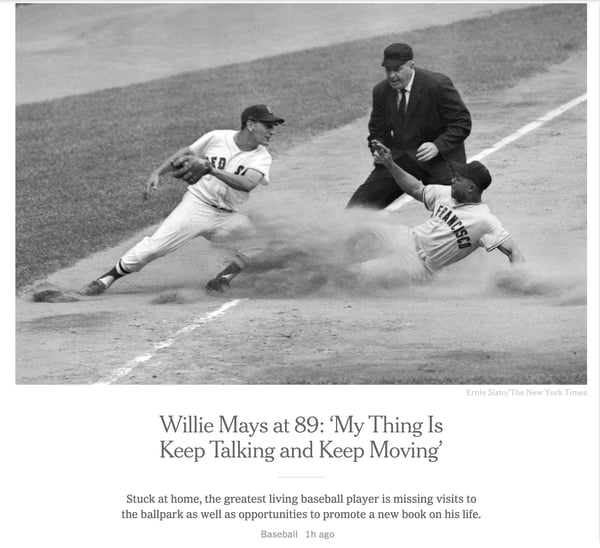
Another example of a powerful quote is attached to this article published by CNN on reopening the U.S. economy. It’s effective because it eliminates any vague references to the topic of the article and audiences immediately know the subject being featured before even clicking.
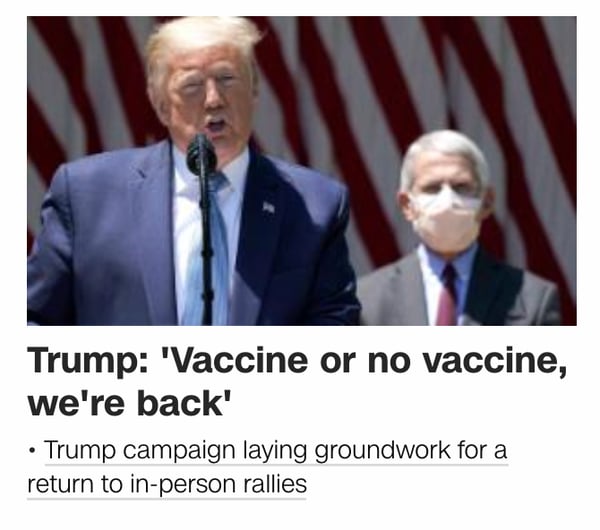
Humor website Cracked gives us a two-for-one dose of the demonstrative in two headlines in succession that begin with “This,” which is among the pronouns that have been more effective. Using “this” gives a reader confidence that there’s a level of authority in the article to follow.
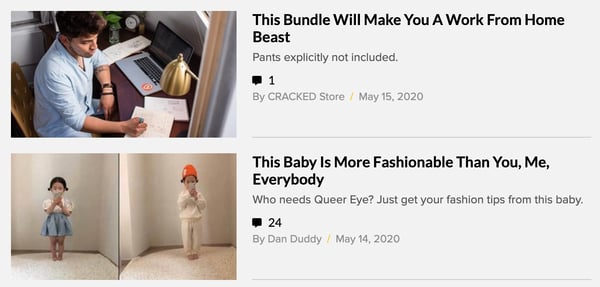
In this example, Shopify uses the fourth tip to answer a question commonly asked by its users to encourage them to click through to the article for further information. This gives those audiences the confidence that there will be more details than an answer with some filler text when they reach the article. 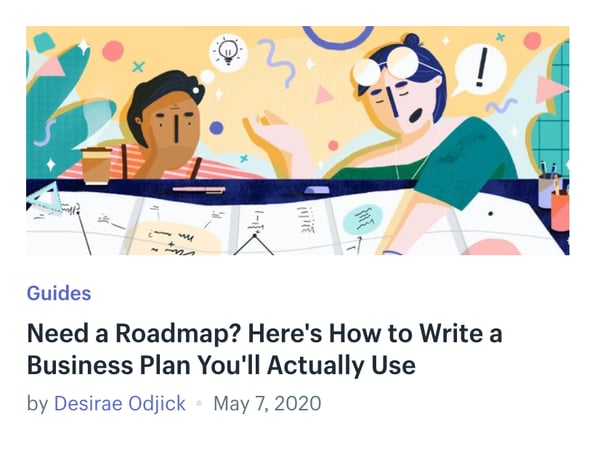
By providing the number of players, teams, and trends, this article by ESPN.com helps readers know they’re only getting the most important information rather than an broad summary of every move by all 32 teams. As indicated above, this is also an effective tactic for headlines on contracts.
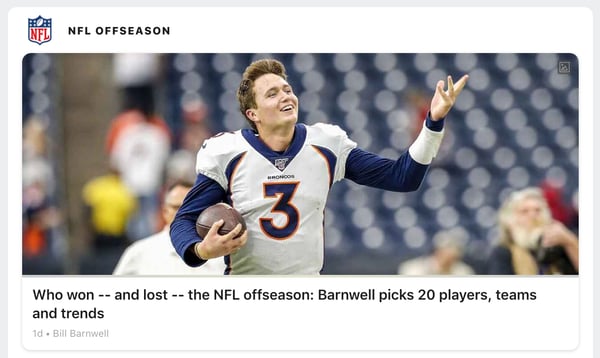
In this example, Investors Business Daily provides the most important information to investors before they even clicked the article title. On top of that, they also used our previous findings on the positive impact of specific numbers in headlines.

If you’re still unsure about the impact of your headlines, there are tools that can help. A quick disclaimer: each tool is tailored toward different outcomes. Do you want the most clickable headline or the most engaging as we’ve discussed throughout the post? These are strategic preferences by your content team worth keeping in mind as you use these tools as jumping off points.
This also gets to a key finding from the analysis above: across the board, the human element is significant to writing engaging headlines. With that said, there are title analyzing tools like Capitalize My Title and CoSchedule – among others – that you can use to help you come up with top-notch headlines.
It’s truly disappointing that a great piece of content may never live its best life because the article title or headline did not attract the level of engagement is deserved.
That said, writing a catchy headline that gets the attention of your audiences is an art that’s informed by the science we outlined above. The only way to know what works best for your audience is experimentation. More tests produce better results, which means going beyond the occasional A/B test.
To summarize the points above, the best ways to experiment include:
Now it’s time to get started. Begin with experiments with your titles, take time to see how your audiences respond and make the small adjustments that not only result in a catchier headline, but turn new visitors into more engaged and loyal readers of your content.
Along with catchy titles, learn how to make the most engaging content on the market with a little help from content creation software sure to give you that extra boost.
Nick Lioudis is the content marketing manager for Chartbeat, a content analytics platform that helps organizations measure and understand the attention being generated by their content. He is based in New York.
Sometimes, you don’t want page one to actually say page 1.
 by Holly Hunt
by Holly Hunt
What do you want to be when you grow up?
 by Izabelle Hundrev
by Izabelle Hundrev
Have you ever thought of using split testing to boost the performance of your content...
 by Bill Acholla
by Bill Acholla
Sometimes, you don’t want page one to actually say page 1.
 by Holly Hunt
by Holly Hunt
What do you want to be when you grow up?
 by Izabelle Hundrev
by Izabelle Hundrev


